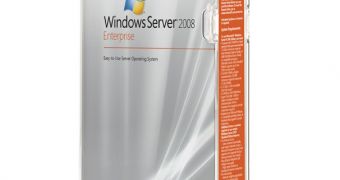The need to squeeze every last drop of performance out of a specific system running Windows is even more stringent when it comes down to server infrastructures compared to client machines. Fortunately enough, the Redmond company is providing the necessary resources for customers to leverage all the horsepower that Windows Server 2008 is capable of offering. In this context, Microsoft is offering for download the Performance Tuning Guidelines for Windows Server 2008. Although the label of the guidelines does not specify the details directly, the guidelines are valid for both the RTM/SP1 and Service Pack 2 releases of Windows Server 2008.
“This guide describes important tuning parameters and settings that can result in improved performance for the Windows Server 2008 operating system. Each setting and its potential effect are described to help you make an informed judgment about its relevance to your system, workload, and performance goals,” Microsoft noted.
In fact, once customers will have downloaded and viewed the documentation, they will be able to see that, on May 20, 2009, Microsoft updated the guide in order to provide new resources associated with the following sections: Power Guidelines, Network Subsystem Tuning, File Server Tuning, and Virtualization Server Tuning. The changes introduced are designed to tailor the documentation to Windows Server 2008 SP2.
Essentially, customers will be able to increase the performance of Server Hardware, Networking Subsystem, Storage Subsystem, Web Servers, File Servers, Active Directory Servers, Terminal Server, Terminal Server Gateway, Virtualization Servers, File Server Workload (NetBench), Network Workload (Ntttcp), Terminal Server Knowledge Worker Workload and SAP Sales and Distribution Two-Tier Workload.
Microsoft released Windows Server 2008 R2 to manufacturing on July 22nd, 2009, but obviously the vast majority of customers continue to use older releases of Windows Server. Those who continue to rely on Windows Server 2008 RTM/SP1 and SP2 can take advantage of the guidelines in order to boost the performance of their architectures.

 14 DAY TRIAL //
14 DAY TRIAL //